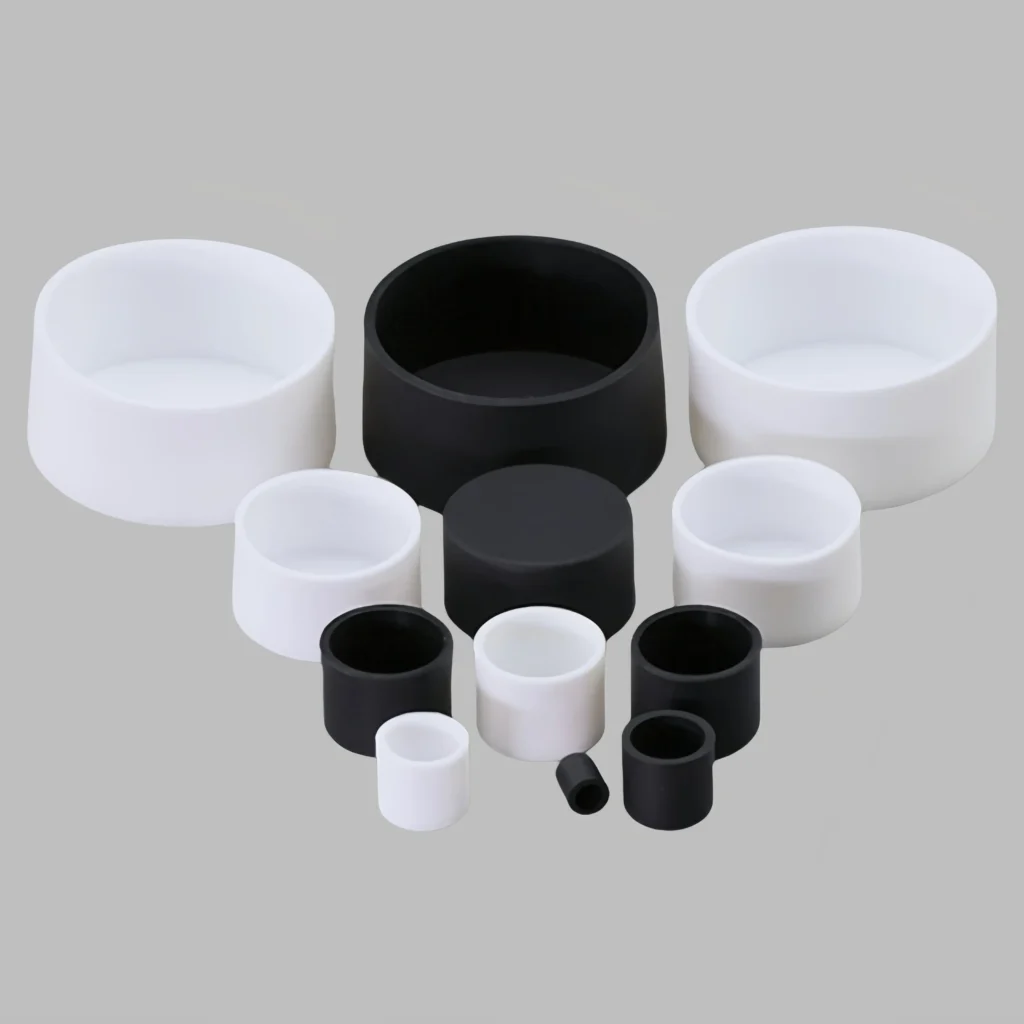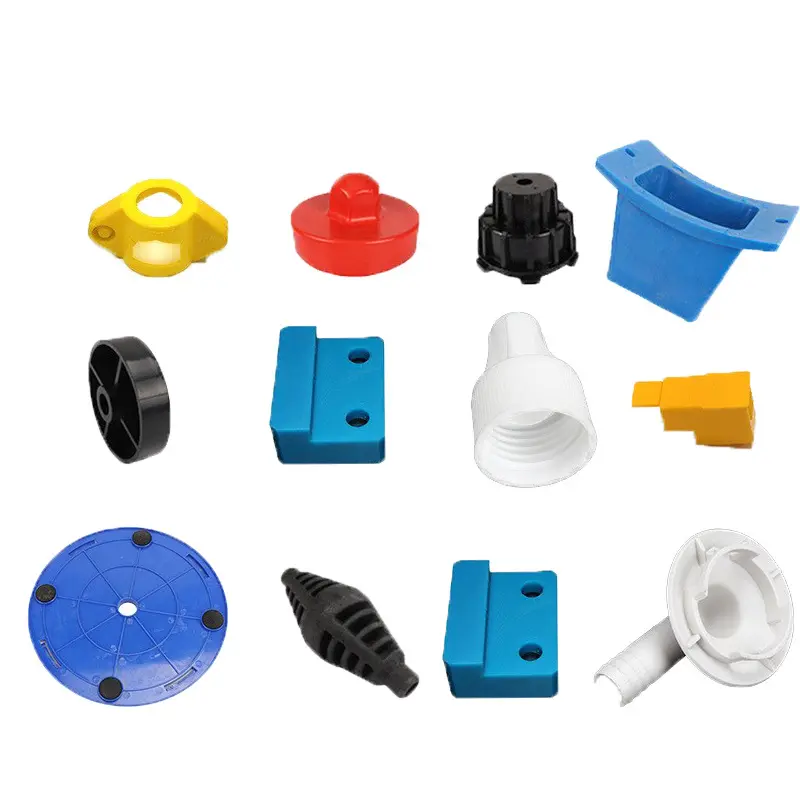- April 14, 2025
- Posted by: feinuojixie
- Category: Injection Molding News


In the ever-evolving world of automotive engineering, the demand for high-performance, lightweight, and cost-effective components continues to rise. As car manufacturers strive to push the boundaries of efficiency, safety, and design, plastic injection molding parts have emerged as essential building blocks behind the scenes. These precision-crafted elements not only help vehicles perform better but also play a key role in modernizing how cars are built. From enhancing aerodynamics to reducing vehicle weight, plastic injection molding is quietly revolutionizing the auto industry—one part at a time. This article explores why top automotive brands turn to this versatile manufacturing process to deliver excellence on the road.


The Role of Plastic Injection Molding Parts in Modern Automotive Design
Vehicle design has shifted dramatically in recent decades. Where once metal ruled, advanced plastics are now taking center stage. Plastic injection molding parts allow automakers to create sleek, lightweight structures without sacrificing strength or function. These components are instrumental in achieving better fuel economy and handling. From bumpers to dashboards, injection molding enables designers to integrate complex geometries, hidden fasteners, and texture-rich finishes that elevate both form and function. The flexibility of this process supports innovative design ideas that meet strict engineering requirements.
Why Car Manufacturers Choose Plastic Injection Molding for Auto Components
There are several key reasons why plastic injection molding is the preferred choice for automotive production. First and foremost is cost-effectiveness. Once a mold is created, it can be used to produce thousands or even millions of identical parts, dramatically reducing unit costs. The process also offers exceptional repeatability and precision, making it ideal for manufacturing parts that require tight tolerances. Additionally, plastic injection molding enables rapid prototyping and quicker time-to-market, which gives manufacturers a competitive edge in today’s fast-paced industry.
High-Performance Auto Parts: Demanding Applications for Plastic Injection Molding
Plastic injection molding parts are used throughout a vehicle, including areas subject to intense wear and high temperatures. Under-the-hood applications such as engine covers, air intake systems, and fluid reservoirs demand materials that are both heat- and chemical-resistant. In the vehicle’s interior, molded plastics contribute to aesthetics and functionality, forming intricate panels, controls, and infotainment system housings. Exterior lighting systems also benefit from precision molding, enabling the production of clear, UV-resistant lenses that withstand environmental exposure. These applications highlight the performance capabilities of injection molded parts even in the most demanding environments.
Material Science Behind Plastic Injection Molding Parts
The success of plastic injection molding in automotive use is closely tied to the development of advanced polymers. Engineering plastics like polyamide (nylon), polycarbonate, and polypropylene are specifically formulated to endure mechanical stress, vibration, and harsh chemical exposure. These materials offer unique benefits—nylon, for example, has excellent wear resistance, while polycarbonate delivers high impact strength and optical clarity. By selecting the right material for each application, automakers ensure that plastic injection molding parts contribute to both performance and safety.
How Injection Molding Supports Mass Customization and Scalability
One of the standout benefits of plastic injection molding is its scalability. Whether producing a limited batch of luxury car parts or mass-producing millions of units for economy vehicles, this process can easily adapt to varying volumes. At the same time, mold designs can be modified to allow for customized features, such as regional regulatory compliance or customer-specific design preferences. This makes injection molding ideal for global brands that need to offer diverse models while maintaining consistency and quality.
Sustainability and Lightweighting: The Environmental Edge
Sustainability has become a central focus in the auto industry, and plastic injection molding parts support this shift in several ways. Lightweight plastic components help reduce overall vehicle weight, which in turn improves fuel efficiency and reduces emissions. Many injection molded parts can also be recycled or made using recycled materials. Furthermore, the energy-efficient nature of the injection molding process itself reduces the environmental impact of production. These eco-friendly attributes make plastic injection molding a smart choice for brands committed to green innovation.
Precision and Safety: Meeting Strict Automotive Standards
Automotive components must meet rigorous safety and performance standards, and plastic injection molding delivers the precision required to comply with these regulations. The process ensures tight dimensional control, uniform strength, and consistent quality across every part produced. This is especially important in safety-critical applications such as airbag housings, sensor mounts, and brake system components. With injection molding, manufacturers can maintain high levels of quality assurance, reducing recalls and ensuring consumer trust.


Looking Ahead: The Future of Plastic Injection Molding Parts in the Auto Industry
As automotive technology evolves, so too will the role of plastic injection molding. The rise of electric vehicles is creating new demands for lightweight components that improve range and efficiency. Smart materials, including bio-based and self-healing polymers, are beginning to influence part design. Additionally, advancements in digital manufacturing and AI-driven quality control are making injection molding more intelligent and efficient than ever. The integration of 3D-printed molds and real-time process monitoring will further enhance speed and adaptability, keeping plastic injection molding at the forefront of automotive manufacturing.
The Unsung Heroes of Automotive Excellence
While often hidden beneath the surface, plastic injection molding parts are vital to the strength, style, and performance of modern vehicles. They provide the foundation for lightweight design, cost-effective manufacturing, and environmental sustainability—all while meeting the high standards set by leading car brands. As innovation accelerates in the auto industry, injection molded parts will continue to play an essential role in shaping the vehicles of tomorrow. For carmakers aiming to stay ahead, relying on plastic injection molding isn’t just a choice—it’s a necessity for excellence.
